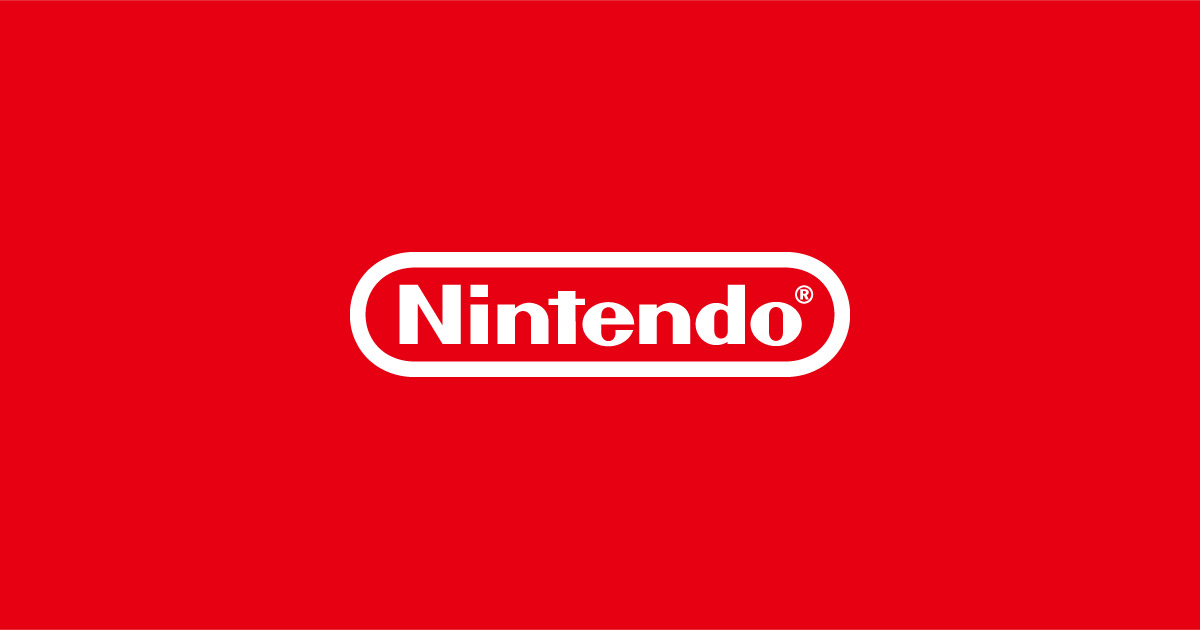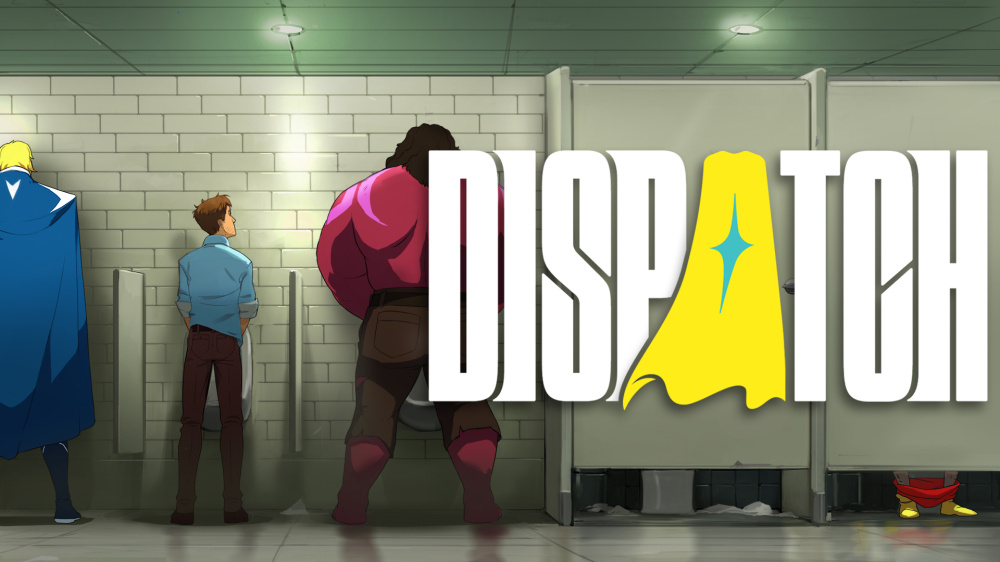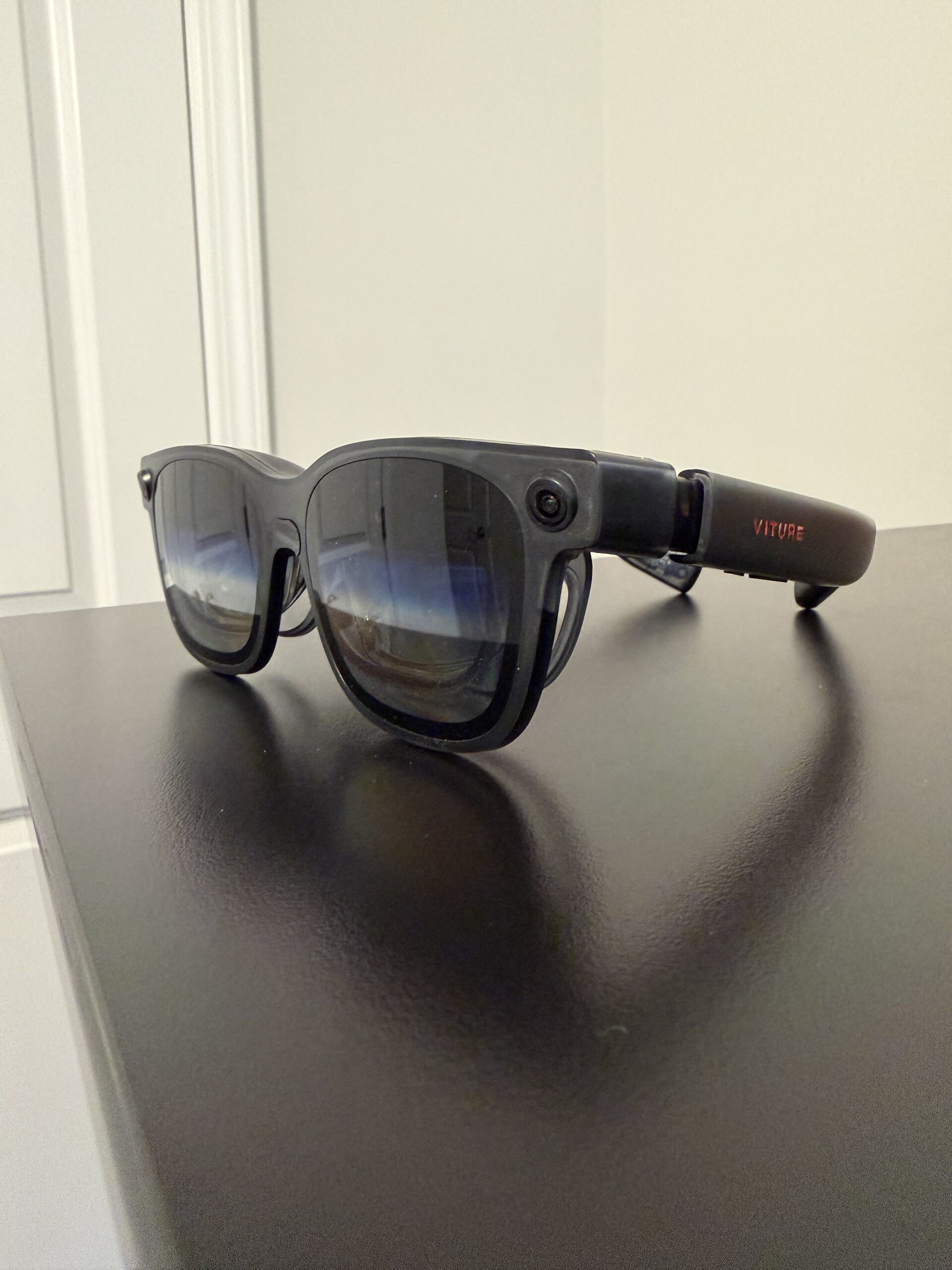Nintendo is poised to elevate the handheld gaming experience with the upcoming Nintendo Switch 2, introducing significant advancements in wireless audio connectivity through the adoption of Bluetooth 5.2.
As handheld gaming continues to attract dedicated players worldwide, one recurring complaint with the original Nintendo Switch has centered on Bluetooth audio performance when using wireless headphones like AirPods or AirPods Pro.
With the next-generation system, Nintendo aims to address these issues, providing improved audio quality and seamless connections for users who prefer gaming on the go. The current Nintendo Switch utilizes Bluetooth version 4.1, a standard that, while energy efficient compared to its predecessors, comes with specific limitations regarding bandwidth and audio latency.
When using Bluetooth audio during docked play, players can encounter audio dropouts and inconsistent sound quality due to bandwidth constraints—especially since the controllers are also connected via Bluetooth.
Bluetooth 4.1 and 4.0 introduced low energy (LE) designs that reduced power consumption but also imposed restrictions on maximum bandwidth, impacting the audio experience. Reliable industry sources and FCC filings confirm that the Nintendo Switch 2 will implement Bluetooth 5.2, marking a substantial upgrade over 4.1.
Each incremental version between 4.1 and 5.2—including 4.2, 5.0, and 5.1—has brought improvements in efficiency, data throughput, signal range, and functionality.
Version 5.2, in particular, stands out for its focus on refining audio capabilities, highlighted by the introduction of LE Audio technology.
LE Audio utilizes the new LC3 codec to deliver higher audio quality and reduced latency while consuming less power and bandwidth compared to the legacy SBC codec.
This results in a more stable connection and enhanced listening experience, free from licensing costs associated with other technologies like Qualcomm’s aptX. A Nintendo engineering representative summarized the advancements by stating that Bluetooth audio will undeniably be superior on the Switch 2 compared to the original model.
Users can look forward to clearer sound, lower latency, and more reliable wireless headphone connections—especially when gaming in handheld mode.
However, it’s important for players to note that to take full advantage of Bluetooth 5.2 and LE Audio, their accompanying Bluetooth devices must support these protocols.
Devices restricted to older Bluetooth standards, such as 4.2, will not be able to leverage the full benefits of the Switch 2’s upgraded wireless infrastructure. The Nintendo Switch 2’s enhanced Bluetooth audio support aligns with the company’s continued push toward meeting modern gamer expectations and maintaining their reputation for innovative, user-focused hardware solutions.
As anticipation for the Switch 2’s release continues to mount, this leap in wireless audio capability is certain to be a welcome upgrade for both existing Switch fans and newcomers to Nintendo’s handheld ecosystem.
As handheld gaming continues to attract dedicated players worldwide, one recurring complaint with the original Nintendo Switch has centered on Bluetooth audio performance when using wireless headphones like AirPods or AirPods Pro.
With the next-generation system, Nintendo aims to address these issues, providing improved audio quality and seamless connections for users who prefer gaming on the go. The current Nintendo Switch utilizes Bluetooth version 4.1, a standard that, while energy efficient compared to its predecessors, comes with specific limitations regarding bandwidth and audio latency.
When using Bluetooth audio during docked play, players can encounter audio dropouts and inconsistent sound quality due to bandwidth constraints—especially since the controllers are also connected via Bluetooth.
Bluetooth 4.1 and 4.0 introduced low energy (LE) designs that reduced power consumption but also imposed restrictions on maximum bandwidth, impacting the audio experience. Reliable industry sources and FCC filings confirm that the Nintendo Switch 2 will implement Bluetooth 5.2, marking a substantial upgrade over 4.1.
Each incremental version between 4.1 and 5.2—including 4.2, 5.0, and 5.1—has brought improvements in efficiency, data throughput, signal range, and functionality.
Version 5.2, in particular, stands out for its focus on refining audio capabilities, highlighted by the introduction of LE Audio technology.
LE Audio utilizes the new LC3 codec to deliver higher audio quality and reduced latency while consuming less power and bandwidth compared to the legacy SBC codec.
This results in a more stable connection and enhanced listening experience, free from licensing costs associated with other technologies like Qualcomm’s aptX. A Nintendo engineering representative summarized the advancements by stating that Bluetooth audio will undeniably be superior on the Switch 2 compared to the original model.
Users can look forward to clearer sound, lower latency, and more reliable wireless headphone connections—especially when gaming in handheld mode.
However, it’s important for players to note that to take full advantage of Bluetooth 5.2 and LE Audio, their accompanying Bluetooth devices must support these protocols.
Devices restricted to older Bluetooth standards, such as 4.2, will not be able to leverage the full benefits of the Switch 2’s upgraded wireless infrastructure. The Nintendo Switch 2’s enhanced Bluetooth audio support aligns with the company’s continued push toward meeting modern gamer expectations and maintaining their reputation for innovative, user-focused hardware solutions.
As anticipation for the Switch 2’s release continues to mount, this leap in wireless audio capability is certain to be a welcome upgrade for both existing Switch fans and newcomers to Nintendo’s handheld ecosystem.






